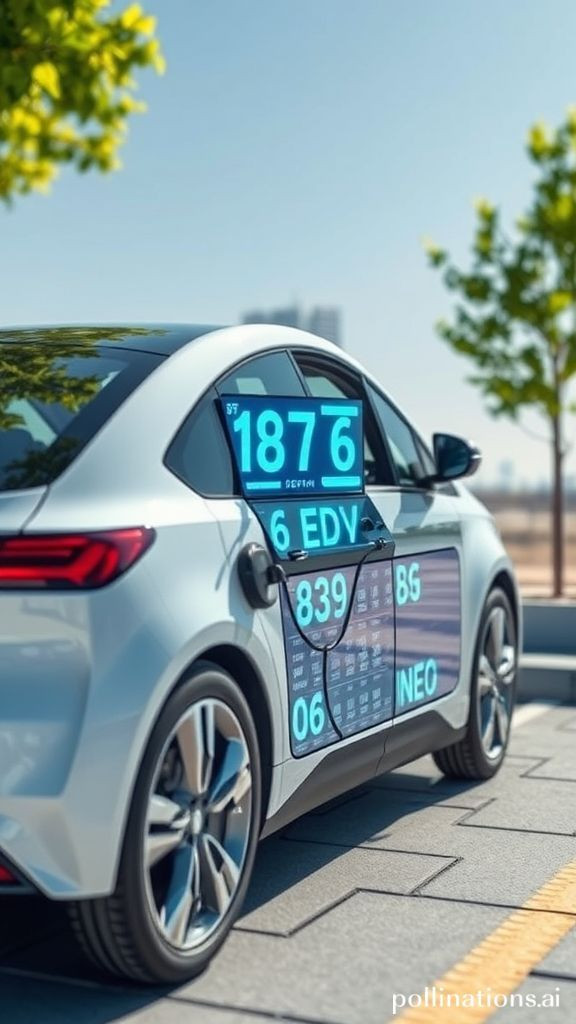
Solving EV concerns with battery architecture
Solving EV concerns with battery architecture

Solving EV Concerns with Battery Architecture A Game-Changer in Safety and Efficiency
The electric vehicle (EV) industry has made significant strides in recent years, but one of its most pressing challenges remains battery safety. Specifically, thermal runaway – a catastrophic failure mode where batteries overheat and potentially ignite – continues to pose a risk. Advances in lithium iron phosphate (LFP) battery architecture are providing engineers with new approaches to mitigate these risks while improving structural efficiency.
Thermal Runaway A Silent Killer
Thermal runaway occurs when a battery cell's temperature rises uncontrollably, often triggered by physical damage, overcharging, or manufacturing defects. Recent testing at BYD Technology Tour simulated the catastrophic failure mode of conventional EV batteries, demonstrating the devastating consequences of thermal runaway.
LFP A Safe Choice
In contrast to nickel-manganese-cobalt (NMC) batteries, LFP chemistry fundamentally alters the dynamic during thermal events. The iron phosphate cathode remains chemically stable at elevated temperatures, avoiding oxygen release and combustion. This inherent chemical stability makes LFP a safer choice for EV battery applications.
Engineering a Safer Future
BYD's proprietary Blade Battery technology eliminates the intermediate module layer through cell-to-pack (CTP) integration. This design increases space utilization by over 50 percent compared to traditional lithium iron phosphate block batteries, while also providing exceptional structural rigidity.
The Game-Changer Cell-to-Pack Integration
Traditional EV battery construction involves a nested hierarchy of small cells grouped into modules and then assembled into packs. BYD's Blade Battery technology eliminates this intermediate layer, allowing for direct cell-to-pack integration. This design increase space utilization by over 50 percent compared to traditional lithium iron phosphate block batteries.
A Honeycomb of Safety
The physical design incorporates a honeycomb-like aluminum structure that provides exceptional rigidity. These elongated cells serve dual functions as both energy storage and structural elements, providing mechanical support to the vehicle chassis through cell-to-body (CTB) integration. Load distribution tests demonstrate that properly implemented CTP designs can withstand forces exceeding 46 tons without structural failure.
A Safer Future
Safety claims have been validated through extensive testing protocols that exceed industry standards. Tests include heating to 300 C (572 F), overcharging to 260 percent of capacity, and structural rigidity assessments. During the nail penetration test – the most severe thermal abuse test – the Blade Battery produced no smoke or flames, maintaining surface temperatures between 30-60 C.
The Future is Bright Longevity and Energy Density
Current Blade Battery implementations demonstrate exceptional longevity characteristics, withstanding over 5,000 charge-discharge cycles while maintaining performance. This translates to theoretical vehicle lifespans exceeding 1.2 million kilometers under normal usage patterns. The longevity advantage stems from LFP's inherent chemical stability during cycling.
Counterarguments and Rebuttals
Some may argue that LFP's lower energy density (approximately 15-20 percent less than NMC) outweighs its safety benefits. However, the thermal stability advantages of LFP chemistry are driving broader industry adoption, particularly in applications where safety outweighs energy density concerns. Commercial vehicle manufacturers are increasingly specifying LFP systems, and passenger vehicle adoption is accelerating as charging infrastructure improves.
Conclusion A New Era in EV Battery Safety
The combination of inherent chemical stability, structural integration benefits, and cost advantages positions LFP-based architectures as a compelling solution for the industry's safety requirements. With second-generation improvements addressing energy density limitations and charging speed concerns, the Blade Battery technology may well define the next generation of electric vehicle safety standards while maintaining the thermal stability that makes LFP chemistry fundamentally safer than high-nickel alternatives.
The Bottom Line Vociferous Support for LFP
In conclusion, the vociferous support for lithium iron phosphate (LFP) battery architecture is not only justified but also essential for the continued growth and adoption of electric vehicles. As the industry continues to evolve, it's crucial that we prioritize safety while driving innovation and efficiency. The Blade Battery technology is a game-changer in this regard, offering a safer, more efficient, and cost-effective solution for the future of EVs.
Keywords Electric Vehicle (EV), Lithium Iron Phosphate (LFP), Battery Safety, Thermal Runaway, Cell-to-Pack Integration, Blade Battery Technology





